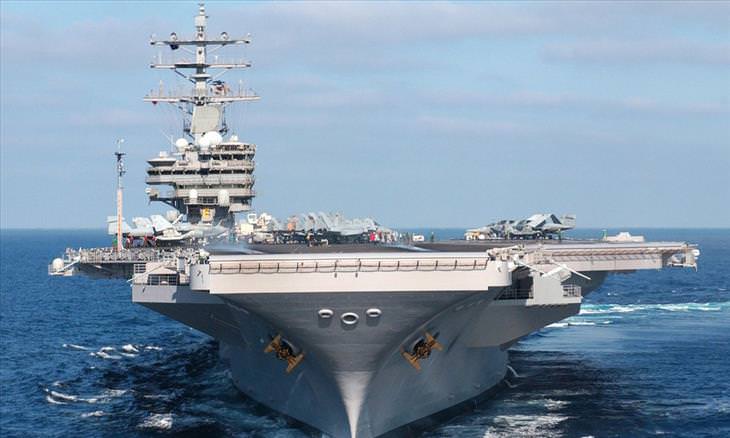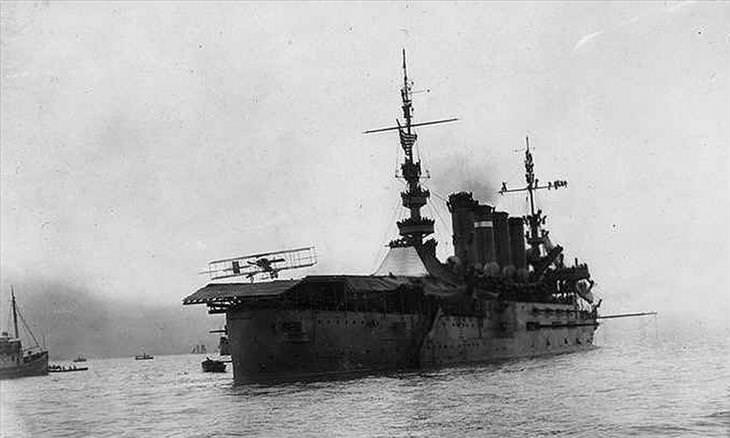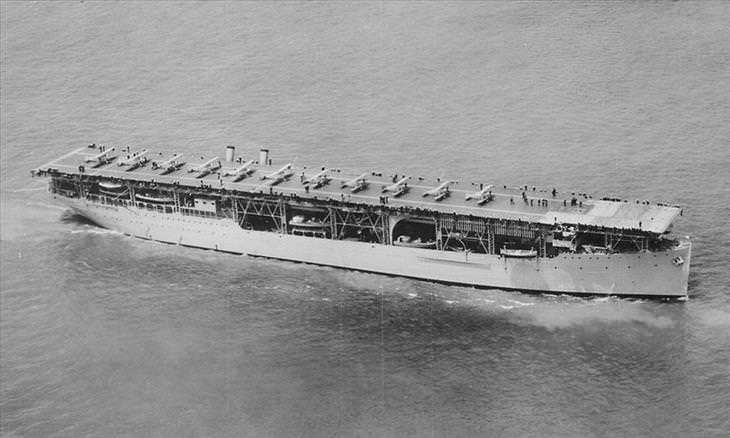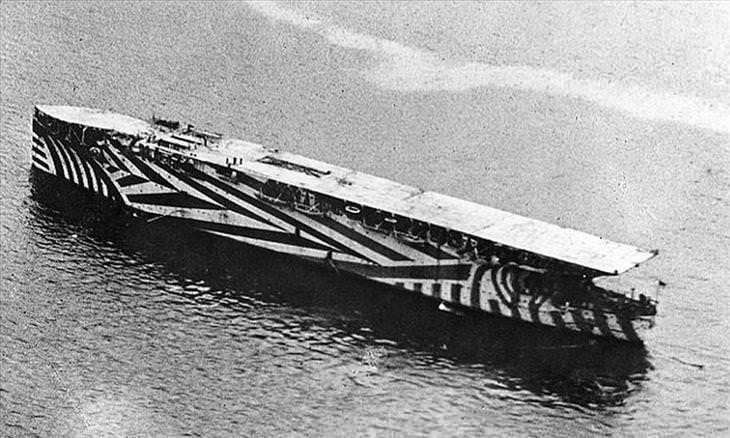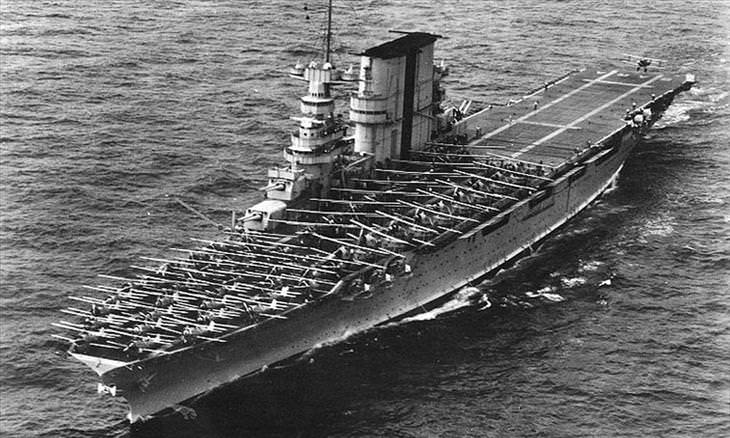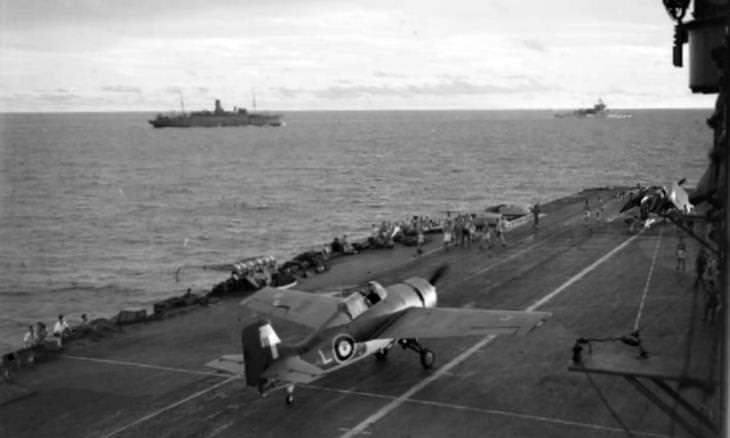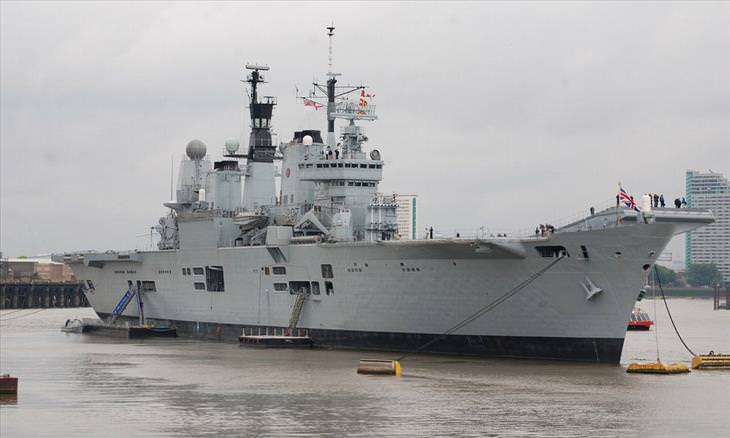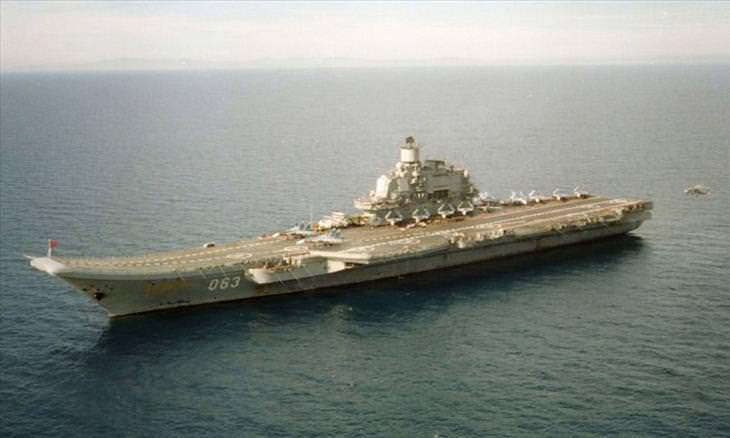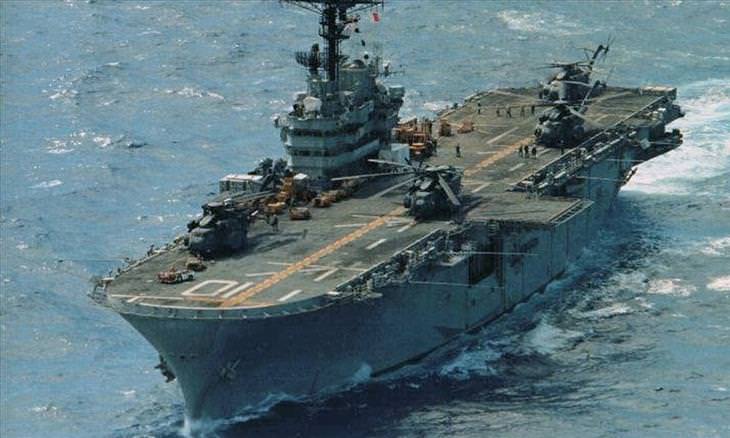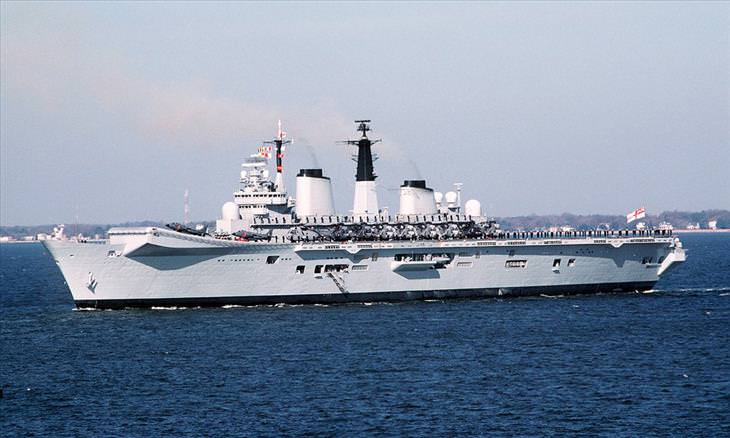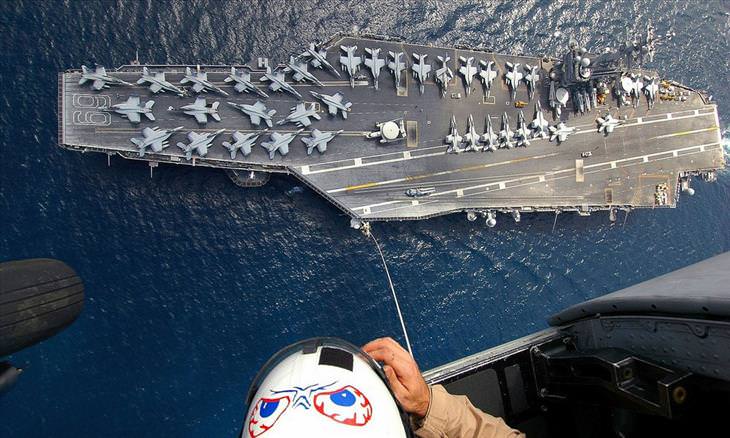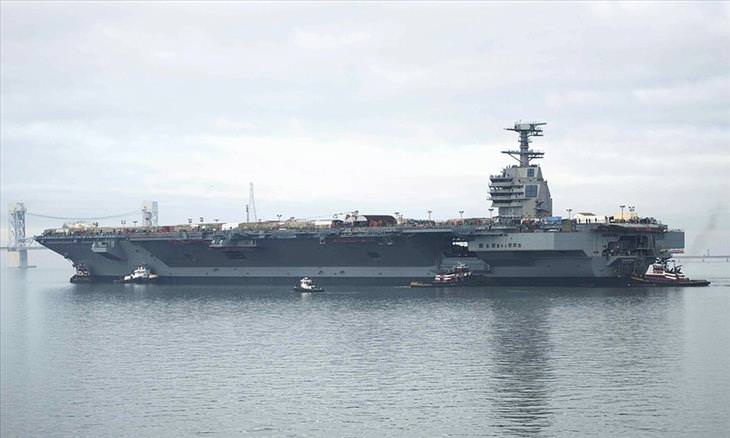
The Age of the Fixed-Wing Airplane
The first fixed-wing airplane became a reality in 1903. And it took only eight years for the French Navy to construct a seaplane carrier, though planes would not launch from the surface of the ship itself and instead were lowered to the water and allowed to take off. On January 18th, 1911, Eugene Ely became the first person to land and take off from a stationary ship. In 1918, the British Navy converted the HMS Argus into the first flat-topped aircraft carrier.
Post WWI
By the mid-1920s, several navies around the world commissioned the construction of flat-deck aircraft carriers. These ships were usually created using existing ships that were modified to fulfill their new roles. During the Second World War, these ships became the backbone of the U.S., British, and Japanese navies, and they played a significant role in battle.
WWII
Towards the end of WWII, the emergence of jet-powered airplanes prompted significant changes to the design of the aircraft carrier, introducing an angled landing strip (9° off of the carrier’s main axis), allowing for safer landings – if a pilot were to land too fast and miss the arrestor cables (which were used to slow landing planes), they just needed to increase speed and take off once more without risking the rest of the ship. Another improvement was the introduction of the steam-powered catapults, which are still used in modern carriers to launch planes at high velocity.
1950s – Present
The 1950s and 60s ushered in the nuclear age. Nuclear reactors were installed in the new USS Enterprise aircraft carrier, allowing it to operate for significantly longer periods, while helicopter carriers were built as smaller support carriers, thanks to the lack of need for a landing strip. During this time, the British Navy came up with an ingenious way to construct smaller carriers by incorporating ramps, thus shortening the distance needed to launch the airplanes.
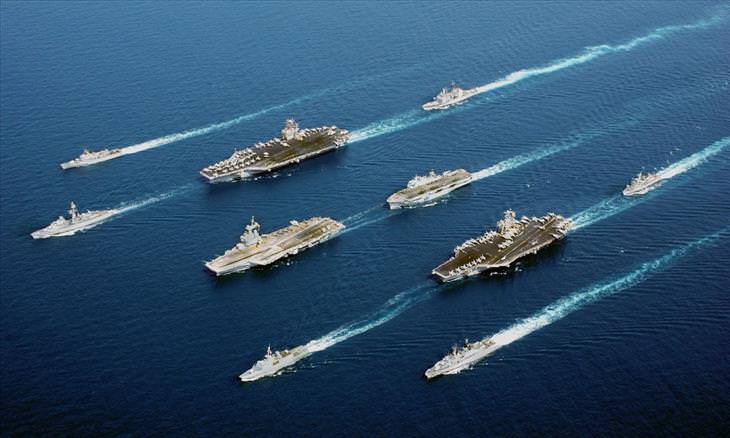 Above: The USS John C. Stennis, USS John F. Kennedy, Charles de Gaulle (the French flagship carrier), and the British helicopter carrier, HMS Ocean, with numerous escort vessels.
Above: The USS John C. Stennis, USS John F. Kennedy, Charles de Gaulle (the French flagship carrier), and the British helicopter carrier, HMS Ocean, with numerous escort vessels.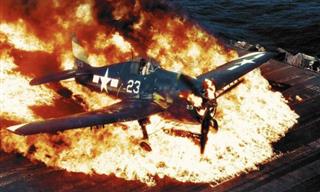
WWII’s Most Thrilling Dogfights Caught on Camera (12 Pics)
These intense WWII dogfight photos are unbelievable!
 16:28
16:28
This Secret Invention Changed the Course of WW2
Let’s take a closer look at the proximity fuze, also called Vt Fuze, an invention that changed the course of the second World War.
 11:21
11:21
Meet the Soviet Union's VVA-14 – The Submarine Hunter
The Soviet Union's VVA-14 was one of the most unusual aircraft ever designed.
 13:50
13:50
Tupolev Tu-16: The Most Dangerous Soviet Passenger Plane
In the 1950s, the Soviet Union converted their popular bomber Tu-16 into a commercial airliner - a move they paid a heavy price for.
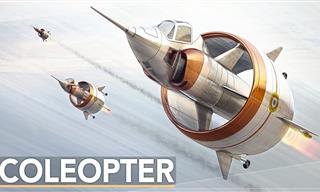 8:20
8:20
Meet France's Bizarre Cold War 'Beetle' Aircraft
Get to know the unique story of France's 1950s 'beetle' aircraft that was designed to get rid of runways and had NO wings!
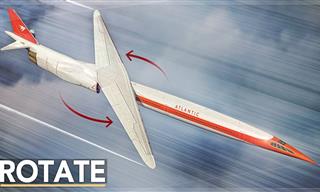 14:08
14:08
The Story of the Only Aircraft Built With Pivoting Wings
Did you know NASA once tested pivoting wing technology?

Cuticle Oil: What It Is and How to Make Your Own
Cuticle oil is a skincare product that can work wonders for the health and appearance of your nails and the skin surrounding them. You can purchase ready-made cuticle oil in stores or online, but making it at home is simpler than it seems.
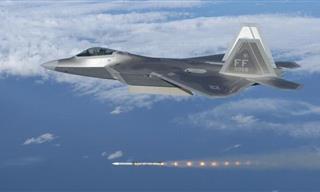
Invisible Warfare: The History of Stealth Planes
The most advanced stealth airplanes around the world are a technological marvel.
 10:26
10:26
Top 10 Most Expensive Cars in the World
Let's have a look at the most expensive and luxurious cars in all of 2023.
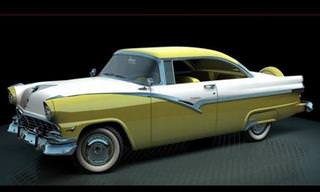
These Cars from the 40s and 50s Are Still Beautiful to Me
These classic US Cars of the 40s and 50s will make you feel nostalgic.
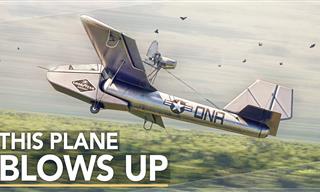 8:30
8:30
The Inflatable Airplane That Once Promised To Save Lives
The Goodyear Inflatoplane was a unique aircraft from the '50s that was designed as a rescue vehicle. Learn all about its story here.

Would You Like to Drive Any of These Weird Cars?
Here are some of the most oddball cars you will ever see on the roads.
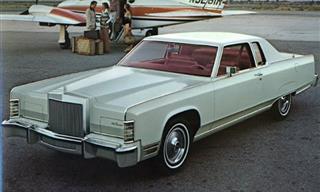
The '70s Ford Model We All Know and Miss
All about Ford's Lincoln Continental Mark V car from the '70s.
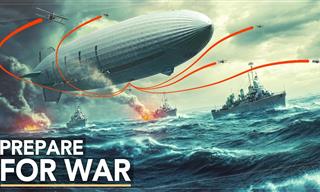 20:30
20:30
The Forgotten Airships of the U.S. Military
This is the story of America's ambitious journey into the age of aerial warfare.
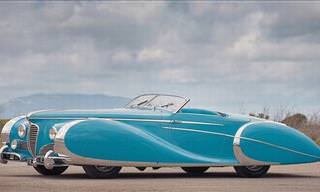
These 12 Beautiful Cars Are Literally One of a Kind
There are only one each of these beautiful, classic cars.
 4:50
4:50
10 Helicopter Stunt Pilots Who Really Know Their Game
10 of the wildest, yet incredibly skilled, helicopter pilots are going to show you their best.

You Are Going to Love These Weird and Wonderful Trucks
These weird, wacky, and wonderful trucks just define cool...
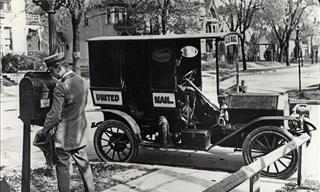
These U.S. Postal Vehicles Depict a Fascinating History
Go back in time and know the fascinating history behind some of the oldest U.S. postal vehicles, dating back to the 19th and 20th century.
 19:01
19:01
15 Incredibly Small Vehicles You’ve Never Seen Before
It's hard to believe how ridiculously small these vehicles are. Take a look.
 5:15
5:15
How Car Traffic Has Changed Over the Past Century
This unique video clip shows you the evolution of traffic in the USA over the past century using genuine footage from each decade, fascinating!

7 Beloved Grand Cars Reimagined as Today's Cars
Here’s how some discontinued car models would look if they made a comeback in 2021.
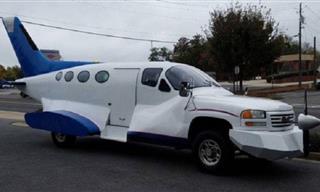
Weird Cars: 15 of the Most Peculiar Models Ever
Check out some of the weirdest and most peculiar car designs that have ever been created.

Exactly How Did These People Get Their Driving Licenses?
Sometimes people simply can't keep their cars on the road... As these absurd and hilarious driving fails pictures show.
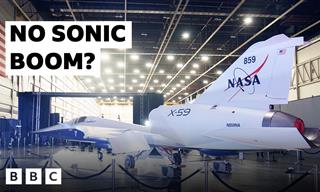 2:47
2:47
NASA’s X-59: Quiet Supersonic Flight is Coming Soon
Could this be the future of how we fly?
 13:27
13:27
10 of the Worst Car Models in History
From a car notorious for spontaneously catching on fire to the one you had to open from the front like a fridge, these are the words car models of all time!
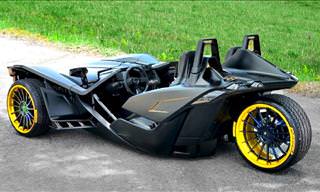 10:27
10:27
Unbelievable and Unknown Vehicles That'll Blow Your Mind
You will be absolutely blown away by these 10 insanely cool new types of vehicles that have been developed.
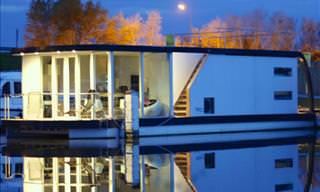
These Houseboats Will Make You Feel Like You're in Heaven!
These houseboats that you can rent out from Airbnb will make you feel like the lord of the lake!

These Wacky Cars, Trains & Bikes Will Crack You Up!
These 15 hilarious, wacky cars are sure to turn heads, but not in the way their owners expect!
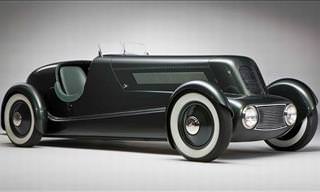
14 Beautiful Old Cars and Their Fascinating Stories...
These photos bring us the stories of some of the most exquisite car designs of long ago.

Armored History: 10 Most Important Tanks of WWII
Tanks were a significant factor in most of the main fighting theatres in World War II. Here are 10 important models any history buff should know.
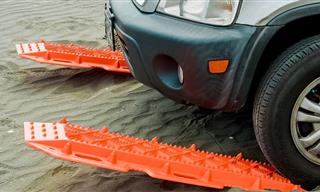 10:07
10:07
8 Awesome Inventions That Any Car Owner Would Want
These ingenious inventions are designed to make the lives of car owners so much easier.
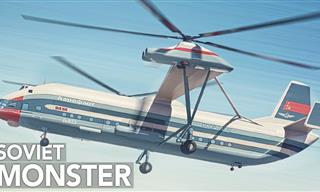 9:40
9:40
The Incredible Story of the LARGEST Helicopter Ever Built
Back in the ‘60s, the USSR designed and built the world's largest helicopter. This is it's little-known story.
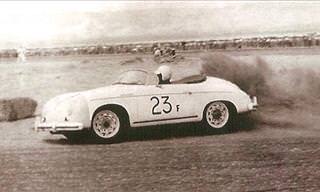
Have You Ever Wondered What Happened to Princess Di's Car?
While many cars have gained their fame because of their speed, these cars have get their value from their incredible place in history.
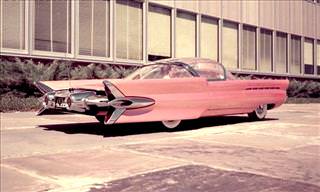
These 30 Wonderful Cars Never Made It to Full Production
Some of these car designs are so outrageous that it's impossible to imagine them working as mass-market production cars. Here are 30 outrageous concept cars.
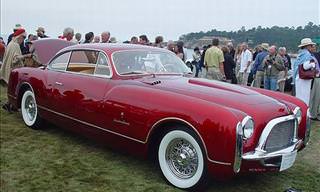
Each of These Rare Cars is More Beautiful Than the Last...
Each of these rare cars is more beautiful than the last.
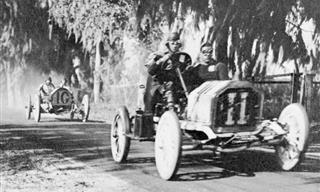
13 Rare Photos of Awesome Vintage Cars in Action
These images offer a rare look at some of the earliest moments of automotive racing.

Discover the Delights of the Darjeeling Line In India
The intrepid explorer, Mark Twain, took this train journey on his travels through Asia during the late 19th Century. Come and explore this enchanting railway.

Fixing a Car Has Never Been Easier Thanks to This Guide
Discover how to diagnose and fix 16 common car problems thanks to the awesome video guides.
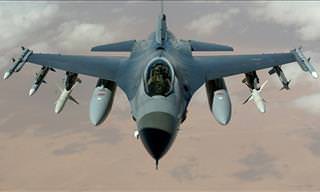
Collection: The Airplanes That Conquered the Skies
Before you are 10 posts that will each take you to a world of airplanes, so you get a wide range of fascinating planes to learn about!
 10:15
10:15
Super Cool DIY Vehicles That Will Inspire the Rider in You
Meet some cool people who created their own dream rides after they were dissatisfied with the ones the had.
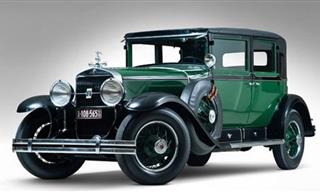
Discover How Cadillac's Iconic Cars Evolved Over the Years
Cadillac have been manufacturing luxury cars for 113 years. Here are some of their most celebrated models throughout the history of the American brand.
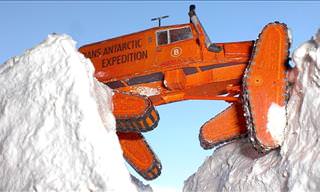 11:30
11:30
Extreme Vehicles That Will Impress You
If you like to follow up with technological advancements, you'll love watching these extreme vehicles persevere even in the worst weather conditions!
 42:43
42:43
Come Meet the Fanciest RVs in the World
Whether you love to travel or just appreciate the finer things, these RVs are sure to impress. Let’s take a tour of the ultimate in road-ready luxury.
 4:35
4:35
This Was One of the Most Unusual Vehicles of the Cold War
Did you know that the Soviet Union had once developed a gigantic flying boat that rode just above the surface of the water? Let's find out more.
 8:48
8:48
The Car-Free Revolution is Slowly Taking Over
Slowly but surely, more and more cities all over the world are opting for car-free streets. Can this become the new norm everywhere?

The Five Most Advanced Electrical Cars in 2025
In 2025, a select few EVs stand at the forefront of innovation – integrating advanced software, autonomous driving capabilities, next-gen batteries, and smart features – all in the service of safety, comfort, and efficiency.
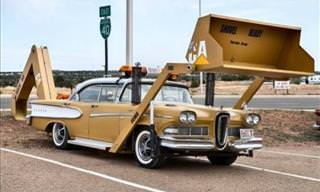
We Bet You've Never Seen Cars Stranger Than These
These cars are undoubtedly the strangest cars that you have ever seen.

You Won’t Find Cars Like These At Any Old Car Lot!
These car designs are as impressive as they are crazy and absolutely over-the-top...
To enable your Ad-Free Subscription, please fill the fields below
Your subscription was successful, now you can enjoy an ad-free experience!! Note: To make sure you get no ads, please make sure to log in to your account. If you are logged in already, then refresh the page. The subscription can be cancelled at any time.



